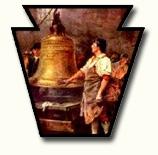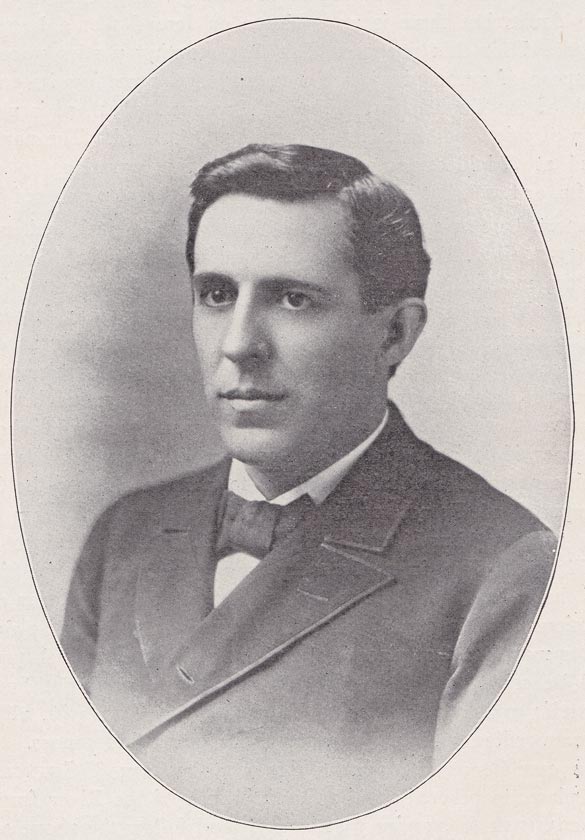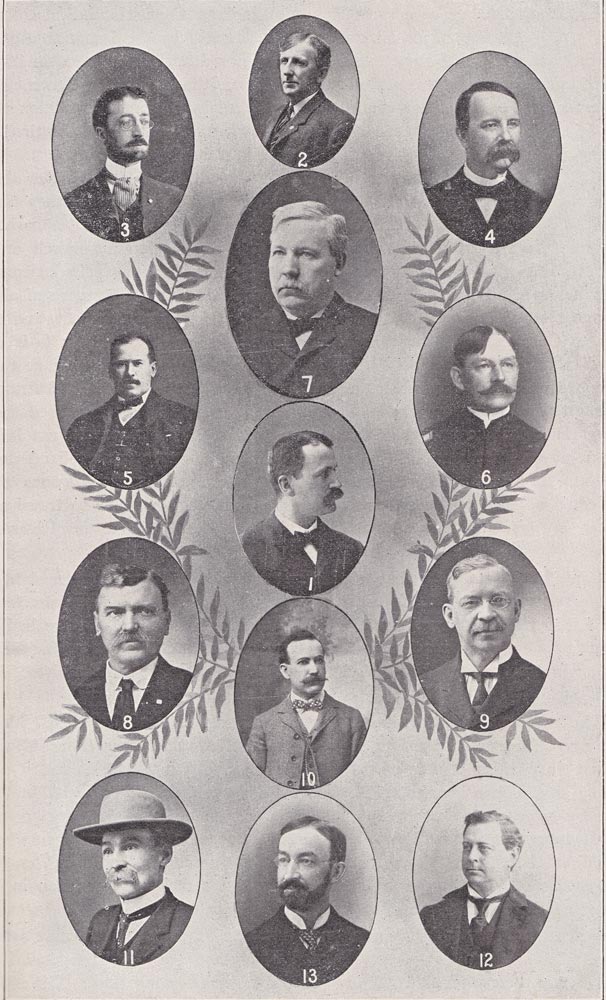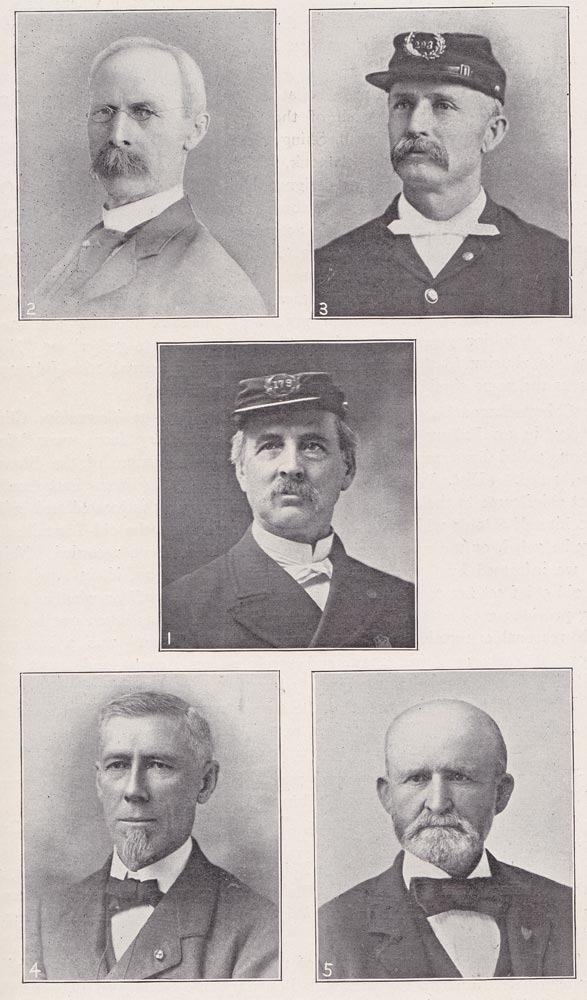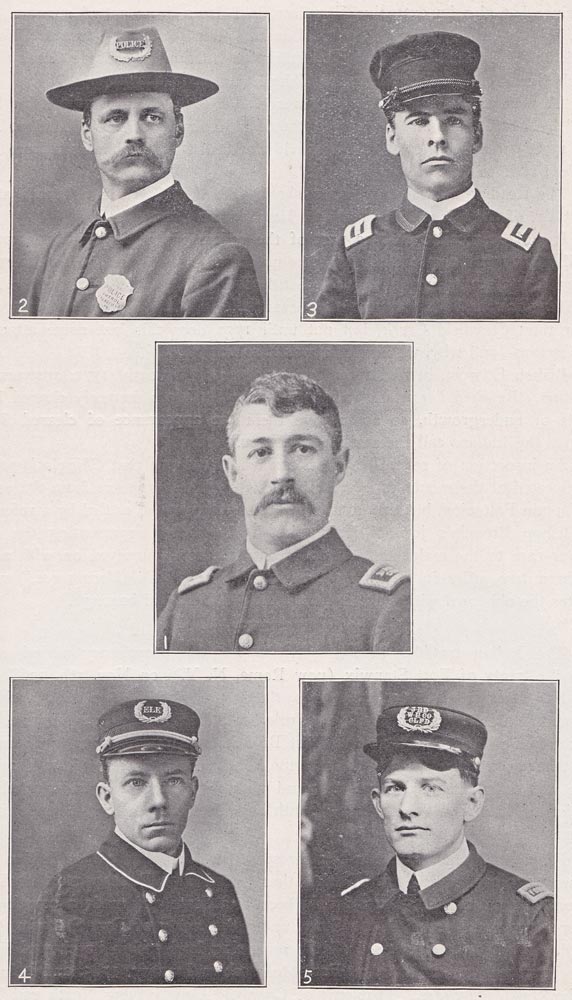| |
9
Province but also its extensive Frontiers, laid down from actual surveys, etc."
Pub. by Robert Sayer & J. Bennett, London, June loth, 1775, locates Chingleomuk,
and Clearfield Creek, and the Indian path from Bald Eagle Creek where Beach
Creek enters that stream to Chingleolamuk is shown.
"A new map of the Western Parts of Virginia,
Pennsylvania, Maryland, &c.," by Thos. Hutchins, Captain of the 60th Regiment of
Foot, London, Nov. 7th, 1778, gives Chingleolamuk, Clearfield Creek and the
Indian Path from Bald Eagle Creek to Chingleolamuk.
The Reading Howell map, 1791, shows Clearfield Creek as
a branch of the West Br. of the Susquehanna, and in Huntingdon County.
It will be recalled that as part of the orders given
Captain Patterson on April 7th, 1757, "in case he could make no discovery
between & Shinglaclamush not at that place, to proceed up the South Branch of
the River from the Fork at Shinglaclamush & examine that branch." The South
Branch was none other than Clearfield Creek, but not until 1770 does this last
name attach to that stream—and why, we may ask, was it so named?
Bishop Ettwein, in his journal under date of July 14th,
1772, answers our question, "Reached Clearfield Creek where the Buffaloes
formerly cleared large tracts of undergrowth, so as to give them the appearance
of cleared fields ; HENCE, the Indians call the creek CLEARFIELD."
An inspection of several of the maps would indicate
that Chingleclamouche was located at the mouth of Clearfield Creek, such also
appears from the orders to Captain Patterson, but this question in geography is
also settled by a reference to Bishop Ettwein's journal, July 16th, 1772, "After
representing the state of our case to the malcontents, I felt reassured, and
journeyed on with a few brethren two miles in a pelting rain to the site of
Chinklacamoose," which locates the old town within the present limits of
Clearfield borough.
TREATIES.
The Indian troubles in Pennsylvania for the
proprietary period ended with the treaty of Fort Stanwix (now Rome, N. Y.), on
Nov. 5th, 1768, with the Six Nations, which conveyed to the proprietors all the
land within a boundary extending from the New York State line on the
Susquehanna, past Towanda and Pine Creek, up the West Branch to its source, over
to Kittaning, and thence down the Ohio to the extreme Southwestern portion of
the Province. This was called the New Purchase; and within its boundaries is
included that portion of Clearfield County lying South and East of the West
Branch of the Susquehanna.
From 1768 until 1784 the Northwestern boundary line of
the Indian purchases remained unchanged. During that period THE DECLARATION OF
INDEPENDENCE was adopted, Pennsylvania became a State and made a constitution.
After peace was concluded, the State, under the treaty of Fort Stanwix, dated
October 23rd, 1784, purchased all the remaining. land within its charted limits.
This purchase was confirmed at Fort McIntosh in January, 1785, and is known as
the "Last" purchase. That part of Clearfield County lying North and West of the
West Branch of the Susquehanna, is included within the limits of this purchase.
Day, in his Historical Collection, of Pennsylvania,
says, "This vast territory,
|
|
